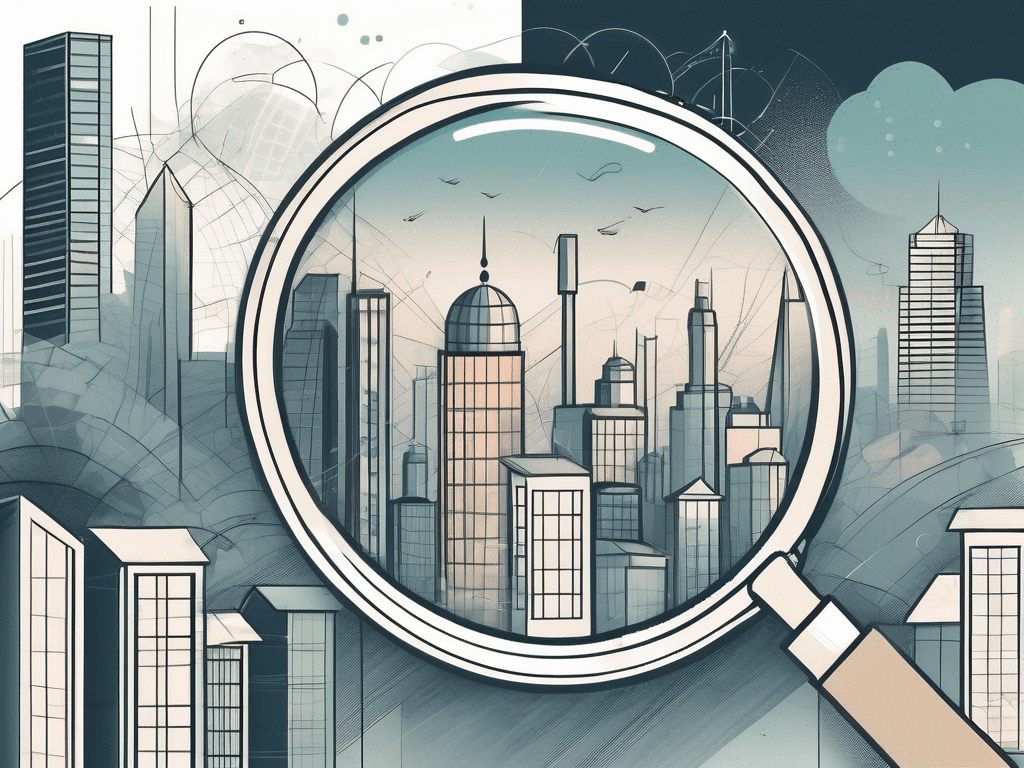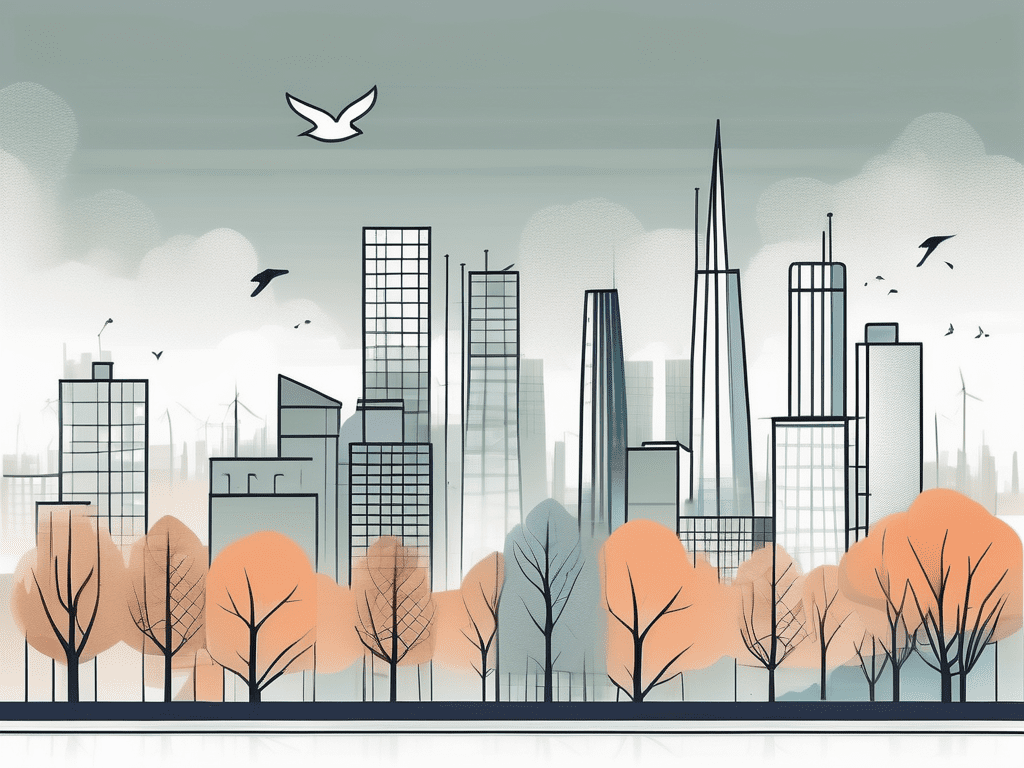Low-income and marginalized communities are frequently exposed to air pollution and may suffer the consequences more so than other groups. There are several reasons that may explain this phenomenon. First, stationary sources are often located near these communities, increasing their exposure to air pollution. Second, socioeconomic status bars access to healthcare and other necessities that leave these communities vulnerable to air pollution-related diseases. Finally, health conditions that are common among people of color, such as diabetes, increase the risk of severe illness as a result of air pollution.
Air Pollution Is More Dangerous for Low-Income and Marginalized Communities
Let’s take a look at three studies that found air pollution to be more dangerous for low-income and marginalized communities.
- This study sampled individuals with Medicaid, a federal and state healthcare program for those with limited income and resources. Researchers found that predominantly Black communities were at a greater risk for premature death from particle pollution than predominantly white communities. They offer several reasons that may explain this finding. First, these communities do not have access to healthcare, and if they do it is low quality. Second, these communities experience increased psychosocial stress. This is directly related to a lack of safety, increased obesity and smoking rates, high poverty and low education levels. Finally, researchers found that temperature is a less likely, but possible explanation. Increasing particle pollution positively correlates with increasing temperature. Temperature highly positively correlates with high poverty and low education levels as well ass high proportions of Black residents.
- This study sampled individuals with Medicare, a federal healthcare program for those over 65 or those under 65 with a disability. Researchers found that 13.2 million Medicare recipients had an increased risk of premature death from fine particle pollution due to their low socioeconomic status. This is the largest study of particle pollution-related deaths in the nation.
- This study also sampled Medicare recipients. Researchers found that people of color, particularly Black people, had an increased risk of premature death from particle pollution. However, this was not their most interesting finding. Black people with higher incomes than their white counterparts still had an increased risk. This points to other factors that transcend class. For example, discrimination which results in chronic stress thus lowering the immune system.
These are just a few studies among many that show the multidimensional dangers of air pollution for those who are disadvantaged.
Case Study: Pittsburgh, Pennsylvania
The “City of Smoke”
Pittsburgh was once known for its polluted air. The city solidified its unfortunate reputation more than a century ago. Back in the day, air pollution from coal and steel plants was so overwhelming it dimmed visible sunlight. Due to extremely poor visibility, street lights were turned on in the middle of the day. Furthermore, soot from factories covered buildings and bridges. Eventually, Pittsburgh became known as the City of Smoke.
 Outdoor Air Pollution: Proximity to stationary sources like power plants is a key factor in air pollution exposure. Read more about how power plant pollution impacts neighboring communities the most →
Outdoor Air Pollution: Proximity to stationary sources like power plants is a key factor in air pollution exposure. Read more about how power plant pollution impacts neighboring communities the most →Steel industry workers, among others, associated poor air quality with economic growth. Day in and day out, citizens inhaled an unprecedented amount of life-threatening air pollutants. Fortunately, in the 1940s the city began reforming policies, aided more by the passage of the Clean Air Act in 1970. However, 50 years later, Pittsburgh’s air quality is still among the poorest in the nation.
Health Effects
Those who are familiar with indoor and outdoor air pollution know that there are a plethora of health effects that range from mild to severe. Allegheny County has some of the highest asthma, COPD and cardiovascular rates in the country. This is particularly true of lower-income communities of color that receive the most exposure. According to the Environmental Protection Agency, Allegheny County is in the top 1% of U.S. counties for cancer risk from air pollutants produced by stationary sources.
In 2020, two studies recorded the health effects experienced by individuals living in Pittsburgh. The first study sampled 1,200 Pittsburgh-area students, 52% of whom were Black. The study found that 22.5% of students suffered from asthma, partially due to air pollution. (Specifically, exposure to particulate matter, sulfur and nitric oxide.) The second study found that people of low socioeconomic status and minority people of color accounted for 40% of the county’s coronary heart disease-related death toll. This is curious considering the fact that these residents comprise just 28% of the population.
These studies, among others, are a prime example of the generally disproportionate impact air pollution has on low-income and marginalized communities. Disadvantaged populations’ lack of consistent healthcare due to socioeconomic status worsens this effect.
 Environmental Health: The case for improving air quality, indoors and out, to improve overall public and environmental health for all. Why healthy indoor air quality is that important →
Environmental Health: The case for improving air quality, indoors and out, to improve overall public and environmental health for all. Why healthy indoor air quality is that important →Is Source Control an Option?
As aforementioned, reform began in the 1940s and Pittsburgh has yet to see a dramatic improvement. Even the groundbreaking Clean Air Act which regulates emissions from stationary and mobile sources has fallen short. A prime example: stationary sources are still responsible for 60% of the city’s air pollution.
While source control may seem nearly impossible, steps are being taken to improve air quality. In 2015, the Allegheny County Health Department proposed a permit that would force a steel foundry to cut production and emissions by 77%. Feeling the weight of the threat, the facility reduced emissions without reducing production. The permit is currently being reworked. And, in 2016, citizens, the Clean Air Council, Allegheny County Health Department and the EPA forced Shenango Coke Works to cease operations.
It may take a while, but hopefully, Pittsburgh continues to move toward cleaner air and blue skies.
Clean Air for All
While this article only highlighted one city, it’s important to remember that many cities across the nation are struggling with air pollution. For some, it’s been a century-long battle. And, unfortunately, lower-income communities have often received the brunt of air pollution. Clean air is a human right. Citizens, organizations, local and state governments must continue to fight for their right to breathe freely.






